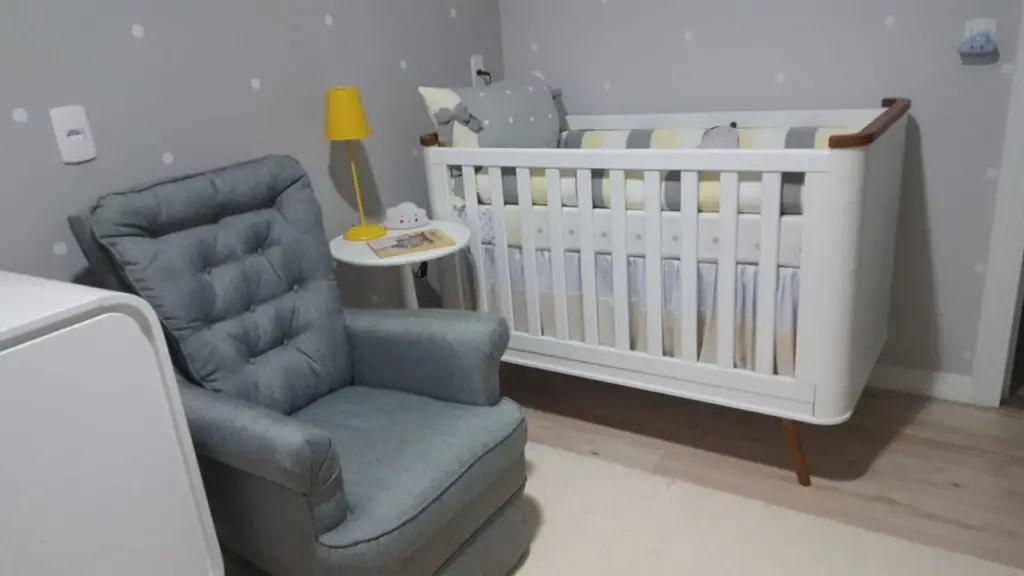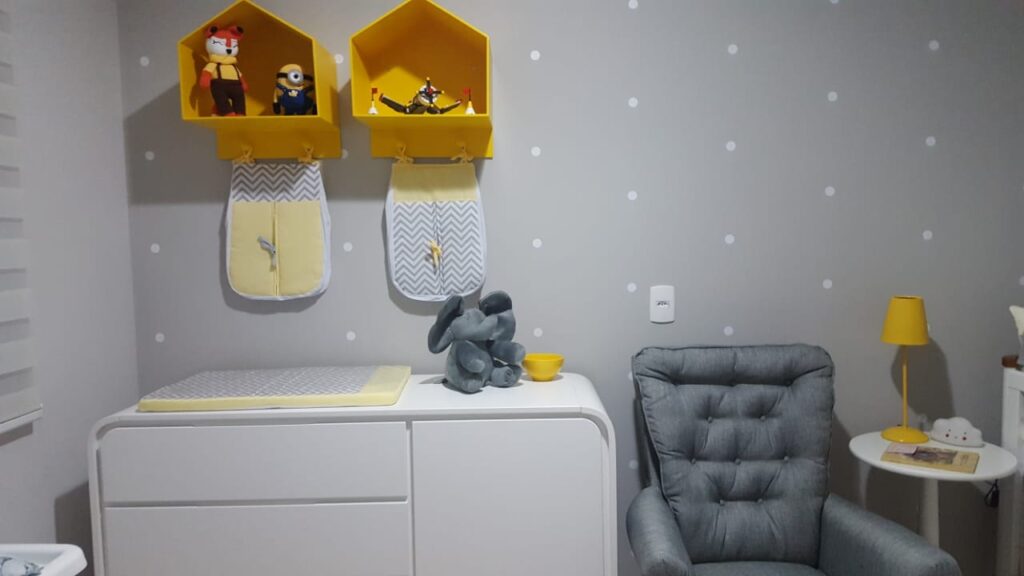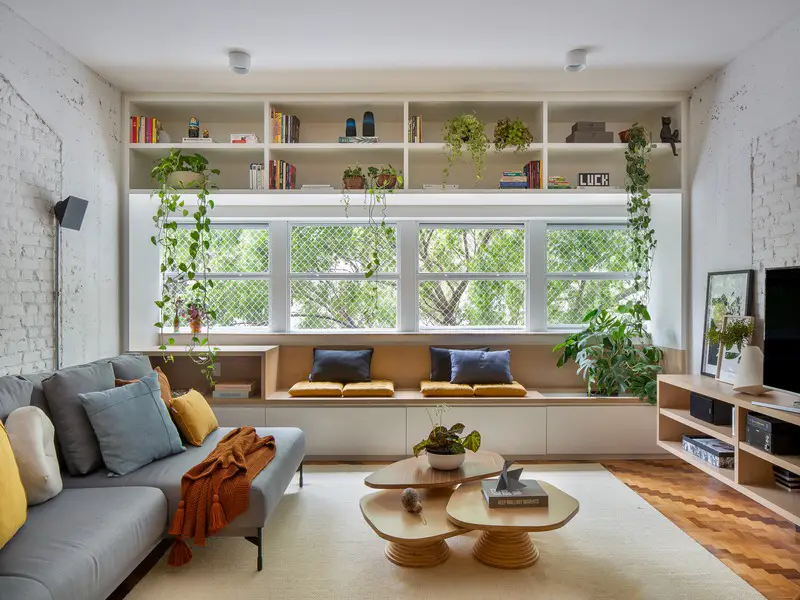Decorating the Baby’s Room: Creating a Cozy and Safe Space for Your Little One
As you prepare for the arrival of your little bundle of joy, decorating the baby’s room is one of the most exciting things to do. It is a space where your baby will spend most of their time, so you want to create a cozy and safe haven for them to grow and thrive in. In this article, we will guide you through the process of decorating the baby’s room, from choosing the right color scheme to picking out furniture and decor.
1. Choosing a Color Scheme
Choosing a color scheme is an important part of creating a welcoming and calming environment for your baby. Soft and soothing colors are ideal for a baby’s room, as they can promote relaxation and restful sleep. Pastel shades of pink, blue, yellow, and green are classic choices that work well in a nursery. These colors can also be gender-specific if you prefer to go that route.
Neutral colors like white, gray, and beige are also popular choices for a baby’s room. These colors can be gender-neutral and provide a timeless look that can grow with your child. You can always add pops of color with decor, such as a colorful rug or vibrant wall art.
When selecting a color scheme, consider the overall aesthetic you’re going for. Do you want a minimalist and modern look or a cozy and rustic feel? The colors you choose should complement the style of the room and create a cohesive look.
Keep in mind that color psychology can also play a role in your color choices. Blue is known to be a calming color that can promote relaxation, while pink is often associated with warmth and comfort. Yellow can promote happiness and positivity, while green can create a sense of tranquility and harmony.
Ultimately, the color scheme you choose for your baby’s room should be a reflection of your personal style and preferences. Don’t be afraid to get creative and mix and match colors to create a unique and personalized space for your little one.
2. Selecting Furniture
Selecting furniture is a crucial part of creating a functional and safe environment for your baby. The first and most important piece of furniture to choose is the crib. Your baby will spend most of their time in the crib, so it’s essential to choose one that is sturdy, safe, and meets current safety standards. Look for a crib with slats that are no more than 2 3/8 inches apart to prevent your baby from getting stuck or falling out. You should also avoid drop-side cribs, as they can be dangerous and have been banned in many countries.
Convertible cribs are a popular choice for parents as they can be transformed into a toddler bed and even a full-size bed as your child grows. This can be a cost-effective solution in the long run, as you won’t have to purchase a new bed every time your child outgrows their crib.
Another essential piece of furniture is a changing table. This will provide a dedicated space for diaper changes and storage for all your baby’s essentials. Look for a changing table with safety straps and a guardrail to prevent your baby from rolling off.
A dresser is also a necessary item in the baby’s room. Choose one with ample storage space for all your baby’s clothes, blankets, and accessories. Consider a dresser with a changing table to save space and make diaper changes more convenient.
A comfortable chair or glider is also a must-have in the baby’s room. This will provide a cozy spot for feeding, reading, and bonding with your baby. Look for a chair with a supportive backrest and armrests, and consider adding a footrest for extra comfort.
When selecting furniture for your baby’s room, consider the layout of the room and the size of the furniture. You want to make sure the furniture fits comfortably in the space without overcrowding it. Safety should also be a top priority, so make sure all the furniture you choose is sturdy and meets safety standards.

3. Creating a Cozy Atmosphere
Creating a cozy and inviting atmosphere is essential when decorating the baby’s room. Soft lighting, curtains, and rugs are all elements that can contribute to a warm and welcoming space.
One of the most important things to consider when creating a cozy atmosphere is lighting. Soft lighting can help create a relaxing environment and soothe your baby. Consider using dimmer switches or adding lamps with warm bulbs to create a calming ambiance. You can also use a night light to provide a soft glow during nighttime feedings and diaper changes.
Curtains are another element that can contribute to the cozy atmosphere of the room. Blackout curtains are an excellent choice for the baby’s room, as they can block out sunlight during nap time and create a dark and restful environment. You can also add sheer curtains to let in natural light during the day and create a gentle and soothing atmosphere.
A soft and plush rug is another essential element in creating a cozy atmosphere in the baby’s room. A rug can help cushion your feet while you rock your baby to sleep and also provide a comfortable place for tummy time and playtime. Choose a rug with a soft and inviting texture that is easy to clean and maintain.
In addition to lighting, curtains, and rugs, consider adding some personal touches to the room to make it feel more cozy and inviting. Hang some family photos or artwork on the walls, add a mobile or other decorative accents, and choose bedding and blankets that are soft and comfortable.
4. Adding Decorative Touches
Adding decorative touches to the baby’s room can make it feel more personal and inviting. While safety should always be your top priority, there are still plenty of ways to add decorative touches that are both safe and visually appealing.
One easy way to add personality to the room is by hanging artwork or photographs on the walls. Choose pieces that are meaningful to you and your family, such as photos of your baby’s first year or artwork that complements the color scheme of the room. Just be sure to hang them at a safe height and use sturdy picture hangers to prevent them from falling.
Another way to add decorative touches to the room is by using pillows and blankets. Decorative pillows can add a pop of color or texture to the crib or chair, while blankets can be draped over the back of the chair for a cozy touch. Be sure to choose pillows and blankets that are safe for your baby, and avoid anything with loose threads or embellishments that could be a choking hazard.
Other decorative touches you might consider include a mobile above the crib, wall decals or stickers, or a decorative garland. Just be sure to choose decor that is safe and appropriate for your baby’s age and developmental stage.

5. Ensuring Safety
When decorating the baby’s room, safety should always be your top priority. Here are some important steps you can take to ensure that the room is a safe and secure environment for your little one.
First and foremost, be sure to follow current safety guidelines for cribs and other furniture. This means choosing a crib that meets all current safety standards, with slats that are the proper distance apart and no loose or missing hardware. Avoid using crib bumpers or other bedding that could pose a suffocation risk.
In addition to choosing safe furniture, it’s also important to keep cords and wires out of reach. This means securing cords for blinds or curtains so that they are out of reach of your baby. You should also use outlet covers to prevent your baby from sticking their fingers into electrical outlets, which could be a serious hazard.
Another important safety consideration is to install smoke and carbon monoxide detectors in the room. Be sure to test them regularly to make sure they are functioning properly. You should also keep a fire extinguisher nearby, just in case.
Finally, it’s a good idea to do a thorough safety check of the room before your baby arrives. This means checking for any potential hazards, such as loose or sharp objects, and making sure that all furniture is properly secured to the wall.
By taking these steps to ensure safety, you can create a room that is not only visually appealing but also a safe and secure environment for your baby to grow and thrive in.
6. Storage Solutions
As you prepare for the arrival of your little one, you’ll soon realize that you’ll need to find a home for all of their gear. Storage solutions are essential in creating a functional and organized baby room. Utilize baskets, shelves, and drawers to keep everything organized and within reach.
Consider installing a closet organizer to maximize your storage space. This will allow you to keep your baby’s clothes and gear tidy and easily accessible. You can also label the storage containers for added convenience. Make sure to choose sturdy and safe storage solutions, especially if they will be within reach of your baby.
When selecting storage solutions, consider how they will fit in with the overall aesthetic of the room. You can choose baskets and containers that match the color scheme and decor of the room, or opt for clear containers that make it easy to see what’s inside. Be sure to also leave space for future growth and expansion as your baby’s needs change over time.
With the right storage solutions in place, you can make sure that everything has a place and that your baby’s room remains clutter-free and organized. This will make it easier to find what you need when you need it, and will help keep your stress levels down as you navigate the challenges of parenthood.
7. Making Room for Growth
It’s important to keep in mind that your baby’s needs will change as they grow. While it’s tempting to decorate the room with a theme or specific style, it’s important to leave room for growth and adaptability. When selecting furniture, consider pieces that can be repurposed or converted as your child grows, such as a convertible crib that can turn into a toddler bed or a changing table that can be used as a dresser.
Another important aspect of making room for growth is leaving space for play and exploration. As your baby becomes more mobile, they will need space to crawl, walk, and play. Consider leaving an open area in the room for them to move around and explore. You can also add age-appropriate toys and activities to the room as your child grows.
Updating the room as your child’s interests and needs evolve is also important. As your baby becomes a toddler and then a young child, their interests and preferences will change. Consider updating the decor and furniture in the room to reflect their evolving personality and interests. For example, you can add a themed bedspread or wall art that reflects your child’s favorite color or cartoon character.
Conclusion
Decorating the baby’s room is an exciting and rewarding experience. By choosing a soothing color scheme, selecting safe and sturdy furniture, creating a cozy atmosphere, adding decorative touches, ensuring safety, providing storage solutions, and leaving room for growth, you can create a cozy and safe haven for your little one to grow and thrive in.




